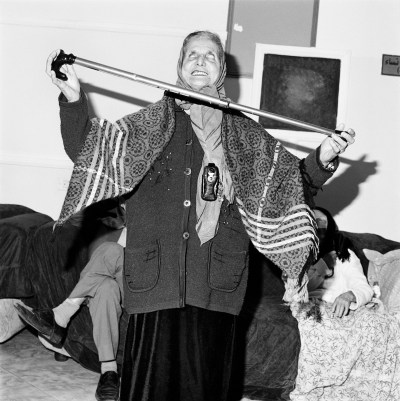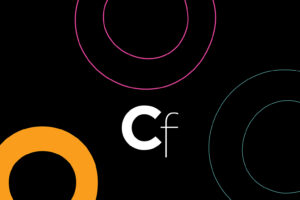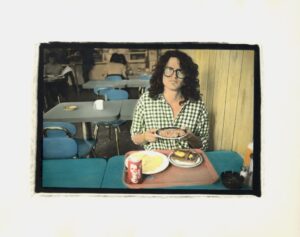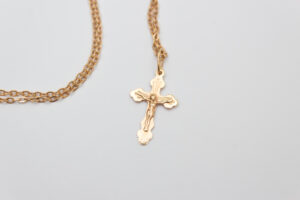Rosalind Fox Solomon, Photographer Who Pictured Alienation and Racism, Dies at 95

Rosalind Fox Solomon, a photographer who crafted piercing images of alienation, racism, and marginalization in the United States and far beyond it, died in New York on Monday at 95. Stephen Bulger Gallery, her representative, confirmed her passing, but did not state a cause of death.
Across a career that spanned nearly six decades, Fox Solomon focused on an array of individuals who faced the scorn of mainstream society, from Black Americans in the South to people with AIDS in New York to Palestinians in the West Bank. Her stark black-and-white images, shot using a Hasselblad camera, empathetically captured the psychologies of these people and the realities of their communities.
But whereas some documentary photographers of her generation sought a close connection with their subjects, Fox Solomon kept her distance from hers. Her method of working, she said, was meant to understand how her subjects felt and how they were perceived by others simultaneously.
“The depth is in the pictures, not what I say about them,” Fox Solomon once told New York Magazine. “They represent many strands of emotion and connect to realities—sociological, historic, and political—and I’m interested in the inner as well as the outer.”
Sometimes, this approach left her work opaque in ways that could be troubling, both intentionally and not. Liberty Theater, a Mack photobook that features pictures taken in the South, features one 1975 image taken in Chattanooga, Tennessee, portraying a Black man with a bloodied eye. “The lack of an explanation is maddening,” wrote Doreen St. Félix in the New Yorker. “Who did this? Who is he, and did he survive? Can anyone?”
But some critics found an unusual amount of empathy in Fox Solomon’s work. When her shots of Palestinians appeared in a 2016 Brooklyn Museum show about the West Bank, Roberta Smith wrote in the New York Times, “Ms. Solomon’s magnetic portraits cut across all ethnic and racial lines.”

Rosalind Fox Solomon, Jenin, Israel, 2010.
©Rosalind Fox Solomon/MUUS Collection
Fox Solomon brought her camera far and wide, journeying from Havana to Istanbul and many places in between, but some of the works taken closest to home—in New York, the city where she had been based since 1979—speak best to her practice more broadly.
During the run-up to the reopening of the Museum of Modern Art in 2019, for example, Fox Solomon spent time photographing conservators, collection specialist, IT team members, and others employed by the institution with positions that are not so public-facing. She said in an interview published by MoMA that she wanted to spotlight those who often went “unseen.”
Rosalind Fox was born on April 2, 1930, in Highland Park, Illinois, a suburb of Chicago. Her father’s success in the tobacco and candy businesses provided her family with a comfortable lifestyle, though her parents’ marriage grew strained when her father had an affair and her mother tried to kill herself.
She graduated from Goucher College’s undergraduate political science program in 1951, but she felt “kinda lost” after school, as she told New York, and so went on to take an array of jobs in different fields, working for a period as a regional director of the Experiment in International Living. In 1953, she married real estate developer Joel Solomon and relocated to Chattanooga; the two would have two children, Linda and Joel, and divorce in 1984.

Rosalind Fox Solomon, Chacas, Ancash, Peru, 1995.
©Rosalind Fox Solomon/MUUS Collection
Fox Solomon recalled that Solomon wanted her not to work, but she was determined to find something to do during their marriage. She found resonance in taking up activist causes, campaigning for women’s rights and becoming involved in the civil rights movement.
By the ’70s, Fox Solomon had begun photographing dolls that she chanced upon in the South. But her photography career did not take off until she met Lisette Model, an accomplished photographer whom Fox Solomon met while trying to get her pictures printed by Modernage, a processing lab in New York. Model took Fox Solomon under her wing, offering the budding photographer rigorous lessons that involved disquisitions by Model on her own career and the work of others.
Fox Solomon started out showing her work in group shows in Chattanooga, then gained the attention of American temples that wanted to exhibit her pictures taken in Israel. (Reflecting on those photographs in the 2021 New York profile, she called the Israel pictures “tourist memories.”) A 1979 Guggenheim Fellowship followed, and during the ’80s, institutions such as MoMA and the Corcoran Gallery of Art in Washington, D.C., staged solo shows of her work.
In 1987, Fox Solomon came across a New York Times article about the AIDS crisis that triggered her to photograph people who lived with the disease, even though she did not personally know anyone battling it. The pictures she produced sought to “reveal a special character, a relationship, an environment, aspects of the human struggle to survive,” as she put it. They showed people in hospital beds and apartments, as well as the individuals who helped care for them.

Rosalind Fox Solomon, Valentine Boxes, Chattanooga, Tennessee, USA, 1976.
©Rosalind Fox Solomon/MUUS Collection
While Fox Solomon is now well-known for pictures of others such as these, she has more recently gained praise for her self-portraits. One of the more recent ones features her leaning over a grave that bears her surname, a harbinger of things to come. Fox Solomon can be seen closing her eyes, thinking thoughts that remain unknowable to her viewers.
“I feel a kind of detachment from my body, which is strange, but certainly something I didn’t feel earlier on,” she told the New Yorker last year. “At ninety-four, I don’t feel self-protective. Before long, I will be dust.”




